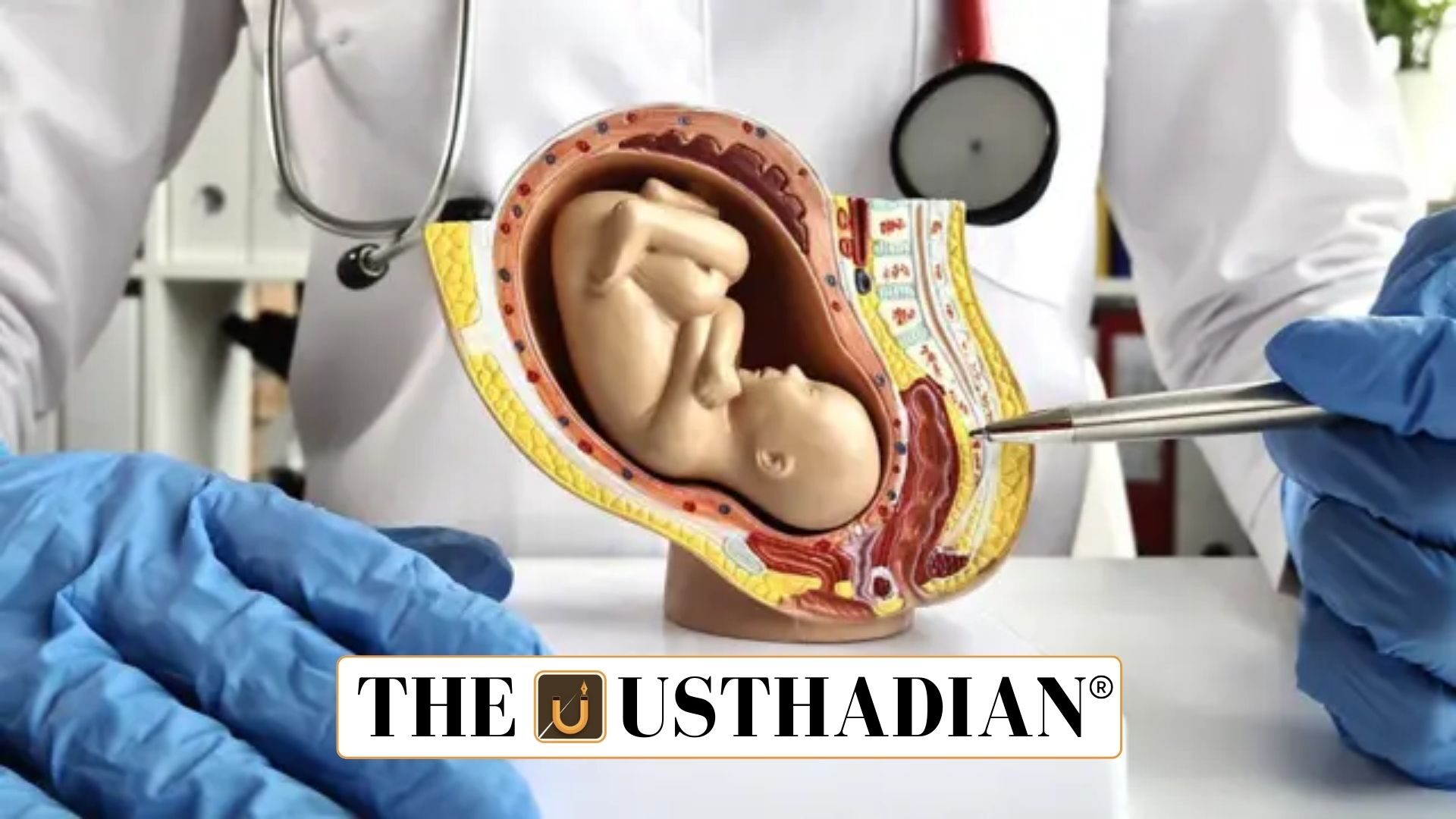Prevalence in Indian States
Hysterectomy cases are rising sharply in India. Surveys show nearly 10 percent of women aged 40–49 have undergone the surgery. In Andhra Pradesh, Telangana, Bihar and Gujarat, the figures are much higher, exceeding 20 percent. The median age of hysterectomy is just 34 in rural areas and 36 in urban centres.
Static GK fact: The first modern hysterectomy was performed in 1809 by Ephraim McDowell in the United States.
Social and Economic Dimensions
Women working in sugarcane fields and agricultural labour face higher hysterectomy rates. Rural and less educated women are disproportionately affected. The belief that hysterectomy reduces work-related discomfort leads to higher surgeries among these groups.
Health Risks of Early Hysterectomy
Undergoing hysterectomy before natural menopause increases the risk of cardiovascular disease, bone density loss, and metabolic disorders. Women also face issues like ovarian failure, thyroid problems, urinary tract cancers, and pelvic prolapse. This reduces long-term health and overall quality of life.
Static GK Tip: The uterus is a secondary sex organ responsible for nurturing the fetus during pregnancy.
Influence of Medical System
About 70 percent of hysterectomies in India occur in private hospitals. Insurance coverage sometimes encourages unnecessary surgeries, as minor gynaecological issues are treated aggressively. The dominance of private healthcare creates incentives for over-prescription, similar to patterns seen in the United States.
Government Measures
The National Health Authority has mandated pre-authorisation for hysterectomy claims under Ayushman Bharat. Women below 40 now need a second gynaecologist’s opinion before approval. The Union Health Ministry has also issued guidelines to prevent unnecessary surgeries. District, state, and national-level committees are being formed to track the procedures.
Static GK fact: Ayushman Bharat – Pradhan Mantri Jan Arogya Yojana was launched in 2018 as the world’s largest health insurance scheme.
Importance of Awareness
Awareness of alternative treatments like hormonal pills, IUDs, and counselling remains low. Many women are unaware of the uterus’s role in overall health. Strengthening health education can reduce unnecessary hysterectomies and improve women’s long-term well-being.
Wider Implications
The rise in hysterectomies raises demographic concerns, as India’s fertility rate is already below replacement level. The situation reflects market failure in healthcare, with asymmetric information and poor accountability in private hospitals. This increases healthcare costs and places additional strain on public resources.
Static Usthadian Current Affairs Table
| Topic | Detail |
| States with high hysterectomy rates | Andhra Pradesh, Telangana, Bihar, Gujarat |
| National average prevalence | About 10% among women aged 40–49 |
| Median age of hysterectomy | 34 in rural areas, 36 in urban areas |
| Percentage in private hospitals | Around 70% of surgeries |
| Government scheme regulating claims | Ayushman Bharat – PMJAY |
| Pre-authorisation rule | Second opinion required for women under 40 |
| Major health risks | Early menopause, heart disease, bone loss, ovarian failure |
| Fertility rate of India | Below replacement level (2.0 in 2025) |
| Alternative treatments | Hormonal pills, IUDs, counselling |
| Committees proposed | District, State, National monitoring bodies |








